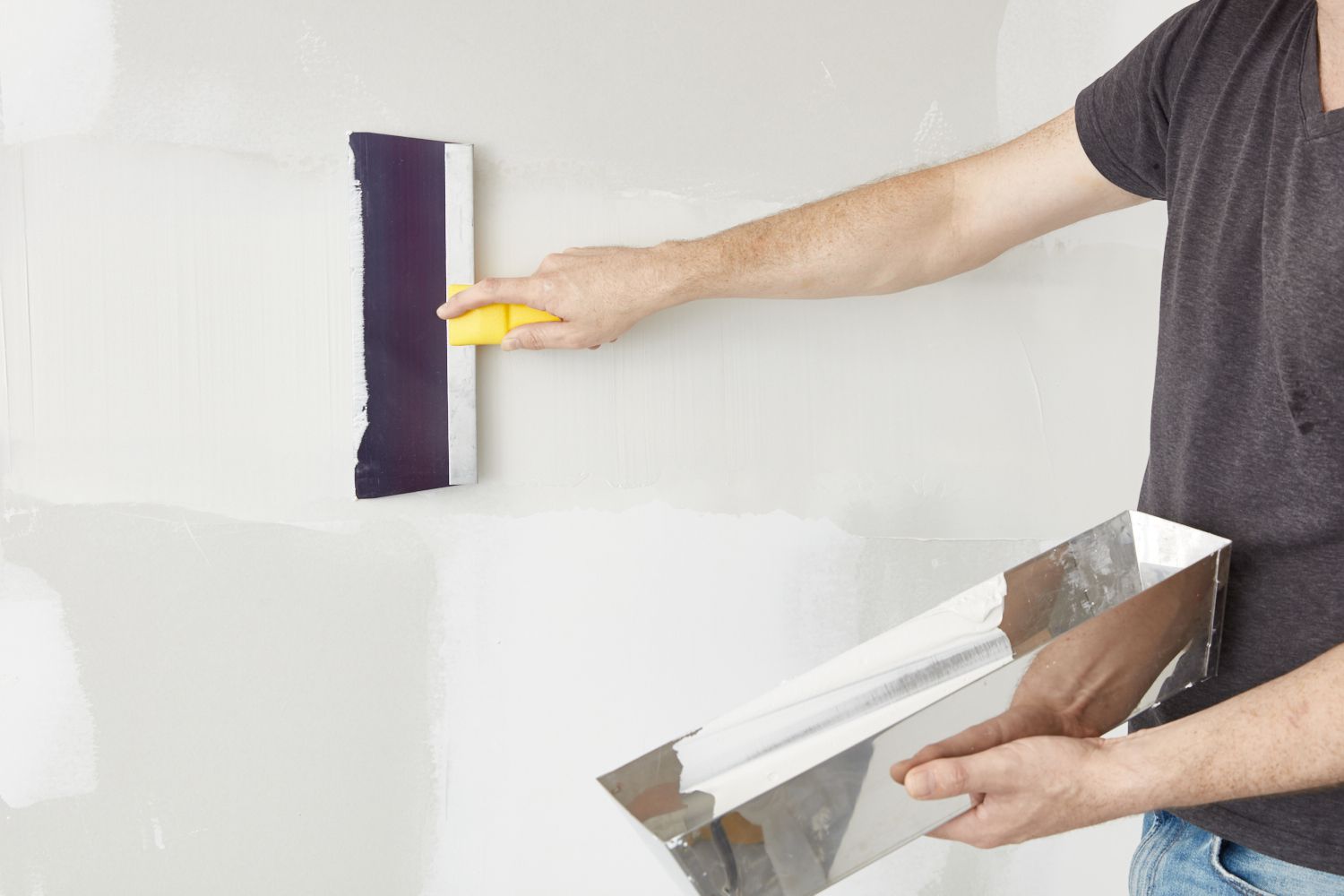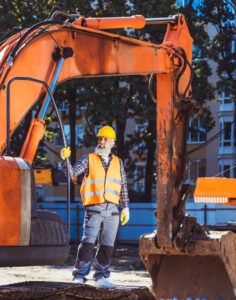Residential & Commercial Drywall: Farley Construction works on both Residential & Commercial Drywall, we do walls well. that has both the spaces that become your customer’s dream home, and therefore the offices where they realize their American Dream . Seamless craftsmanship is what our clients expect, whether residential or commercial.
Whatever the sort of build, our walls are the makings of your satisfied customers. From hanging and taping, right down to the ultimate brush stroke, Farley Construction offers real value and a commitment to customer service.
Residential & Commercial Drywall Services
Drywall installation
Drywall finishing
Dustless sanding in finish homes
Specialized trim and bead installation
Commercial Drywall Services
Metal stud framing
Insulation
Drywall installation
Drywall finishing
Specialized trim and bead
Who doesn’t love the show How It’s Made? it is a fascinating, behind-the-scenes glimpse at the people, products and machinery it takes to create the products utilized in daily life. And lifestyle here at Farley Construction is drywall. Similarly, an internet site called How Stuff Works did an excellent job explaining gypsum.
“Drywall is formed primarily of gypsum. Gypsum may be a mineral usually found in massive beds that appear as if white sand, though impurities can cause beds to appear pink, yellow or gray. one among the most famous gypsum beds within the united states is the popular White Sands national monument in New Mexico .
Despite getting used to make drywall, there is a great deal of water in gypsum. The water is in crystalline form, which is why the individual molecules of gypsum are dry. These crystalline water molecules give finished drywall its fire-resistance. As drywall gets hot, the water crystals begin to destabilize and start vaporizing because the water reaches its boiling point. The evaporating water crystals keep the drywall cool, protecting the structure behind it.
Once gypsum has been mined, it’s transported to factories throughout the planet . There, raw gypsum is mixed with several additives, including starch, paper pulp and an emulsifier (or thickening agent), then blended with water to make a thick paste. The gypsum paste is spread onto manila in 3/8-inch to 3/4-inch-thick layers. Another sheet of manila is then laid on top. the whole formation passes through ovens that heat the sheet at temperatures up to 500 degrees Fahrenheit. This dries the fabric out and prepares it for cutting.”
Contact us to connect with our Residential & Commercial Drywall Professionals.




